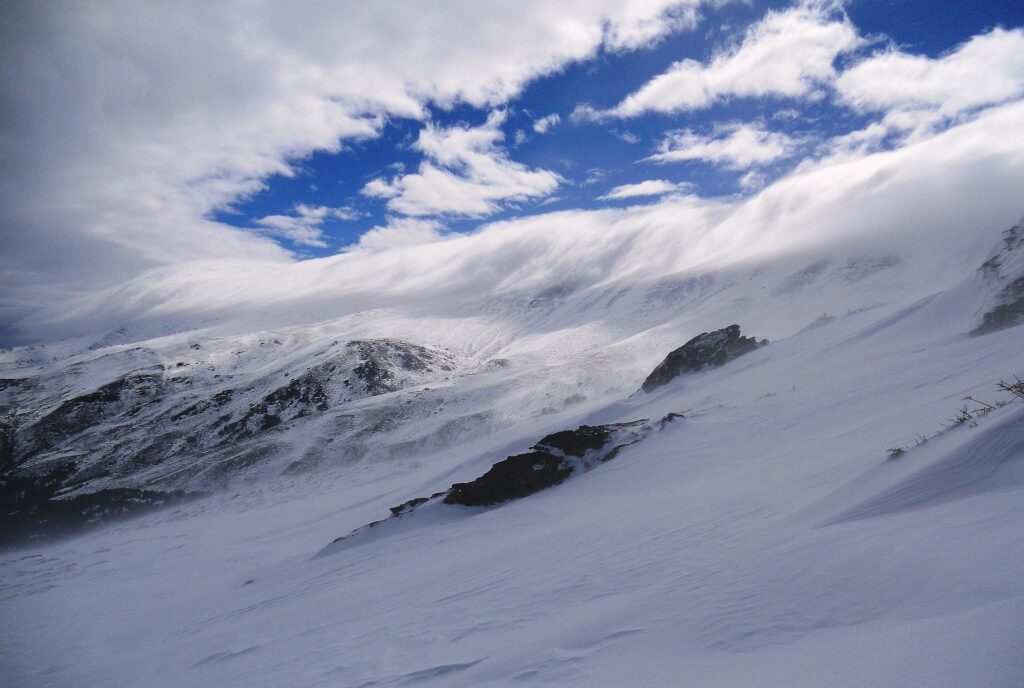A study by US researchers has provided the first framework for a snowpack decision support tool that could help water managers prepare for potential flooding during ‘rain-on-snow’ events, using hourly data from existing snow monitoring stations.
Midwinter ‘rain-on-snow’ events, such as those found in the Sierra Nevada Mountain range in the Western USA, occur when rain falls onto existing snowpack and can result in severe flooding.
Rain-on-snow events are projected to increase in size and frequency in the coming years, but little guidance exists for water resource managers on how to mitigate flood risk during times of rapidly changing snowpack. Their minute-by-minute decisions during winter storms can have long-lasting impacts to people, property and water supplies.
The study was developed by a team from the Desert Research Institute (DRI), National Weather Service, University of California, Berkeley, and University of Nevada, Reno.
Anne Heggli, lead author and graduate research assistant at DRI, said, “During rain-on-snow events, the people managing our water resources always have decisions to make, and it’s really challenging when you’re dealing with people’s lives and property and livelihood. With this work, we’re leveraging existing monitoring networks to maximize the investment that has already been made, and give the data new meaning as we work to solve existing problems that will potentially become larger as we confront climate change.”
To develop a testable framework for a decision support tool, Heggli and her colleagues used hourly soil moisture data from UC Berkeley’s Central Sierra Snow Laboratory from 2006-2019 to identify periods of terrestrial water input. Next, they developed quality control procedures to improve model accuracy. From their results, they learned lessons about midwinter runoff that can be used to develop the framework for a more broadly applicable snowpack runoff decision support tool.
Tim Bardsley, study co-author and hydrologist at the National Weather Service in Reno, said, “We know the condition (cold content) of the snowpack leading into a rain-on-snow event can either help mitigate or exacerbate flooding concerns. The challenge is that the simplified physics and lumped nature of our current operational river forecast models struggle to provide helpful guidance here. This research and framework aims to help fill that information gap.”
The results of the study will now be used to develop basin-specific decision support systems that will provide real-time guidance for water resource managers. The study results will also be used in a new project with the Nevada Department of Transportation.
To read the full study, ‘Toward snowpack runoff decision support’, click here.



